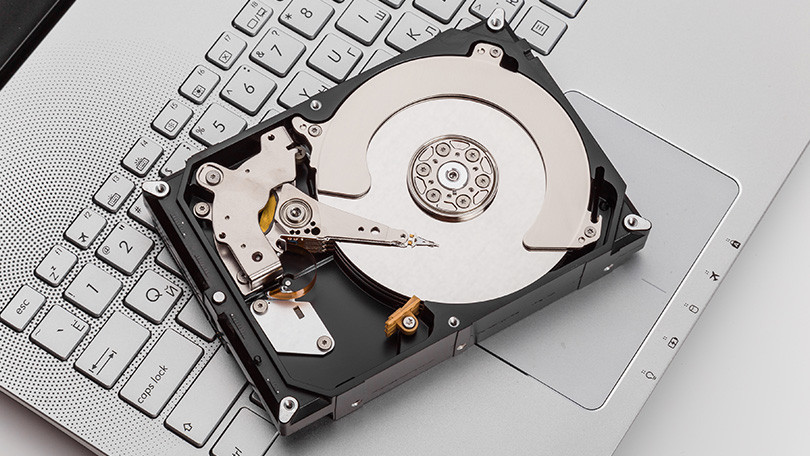While your computer requires a lot of care and attention, it is the hard drive that is the most integral component. There are things you can do to look after your PC in simple ways, but the hard drive is something that you may feel you have no control over. When it makes a funny noise or you turn it on one day and it refuses to boot you may start to worry that it is on it’s way out. Whether it’s a newer solid-state drive (SSD) or an older version of the hard drive the likelihood is that your hard drive will gradually deteriorate. This is why it’s so important to check the health of your hard drive on a regular basis. How can you do this?
Use the SMART Feature
Short for Self-Monitoring, Analysis, and Reporting Technology, this is built into most hard drives and SSDs. Its function is to report when the drive is encountering issues or failing. The SMART system usually works in the background, but if you want to check the SMART status of your drive on Windows, you can do this by opening the command prompt (right-click the Start menu, select Run, and type “cmd” or type “cmd” into the search bar). In the pop-up box, type the following:
wmic diskdrive get model,status
It will either return “OK” if the drive is running fine or return “Pred Fail” if not.
If you have a Mac, you can do this by opening Disk Utility from /Applications/Utilities/ and clicking on the drive. The “SMART Status” is located in the bottom left, and will read “Verified” or “Failing” depending on its health.
Using this function is a great way to get immediate information. However, determining if your drive is close to demise or is just “OK” can be a little bit misleading. It’s possible to experience issues even if the SMART status is running “OK.”
CrystalDisk Info
You may want to get more information as to whether your hard drive is “OK” or not. While the SMART feature may report that the hard drive is running fine, this isn’t always a reliable system, especially if you suspect issues in your computer’s daily operation. If you want something with more detail, CrystalDisk Info is a desktop program that can display a lot of information and highlight the status of your drive with a colour-coded system. Going from Good (blue) to Caution (yellow), and Bad (red), to Unknown (grey) will give you a better insight. Generally, you would see a Good status, but if it lists one of the other three, it is a stark message that you need to keep an eye on it. And while drives with the “Caution” or “Pred Fail” status may make you think it will fail imminently, there’s actually a wide range of interpretation. They may very well keep going for a year or two or could fail next week, in which case, you need to start backing up your data.
Additional Advice
Never underestimate your own opinions. While might not be a computer expert, you need to get into the habit of keeping an eye on how the hard drive sounds and behaves. For example, if you hear a grinding noise, it is very likely the hard drive. And while the computer is fully functioning now, this could highlight that the end is nigh. This you may witness a high number of error messages, frequent crashes, as well as file or folder names with odd characters in them. In addition, if the computer is operating at a sluggish pace, these are all signs that your hard drive is potentially on its way out. But there are things you can do at this stage:
- Check if your storage device drivers are up to date. If not, you could run a driver update.
- If this doesn’t help you can run the ‘chkdsk’ (check disk) command-line utility. And you could do this every few months. To do this you need to do the following:
- Search for the command prompt in the Windows 10 search box.
- Select “Run as administrator.”
- Type “chkdsk” for a read-only status of your drives. If there are problems, you need to run the check disk program with the /F or /R options (/F focuses on fixing file system errors, and /R checks for bad physical sectors on the drive).
Checking the health of your hard drive is essential. If you see any serious hard drive errors, you will need to replace it as soon as possible. While errors can be fixed to prolong the life of the drive, it is better for you to replace it sooner rather than later.
